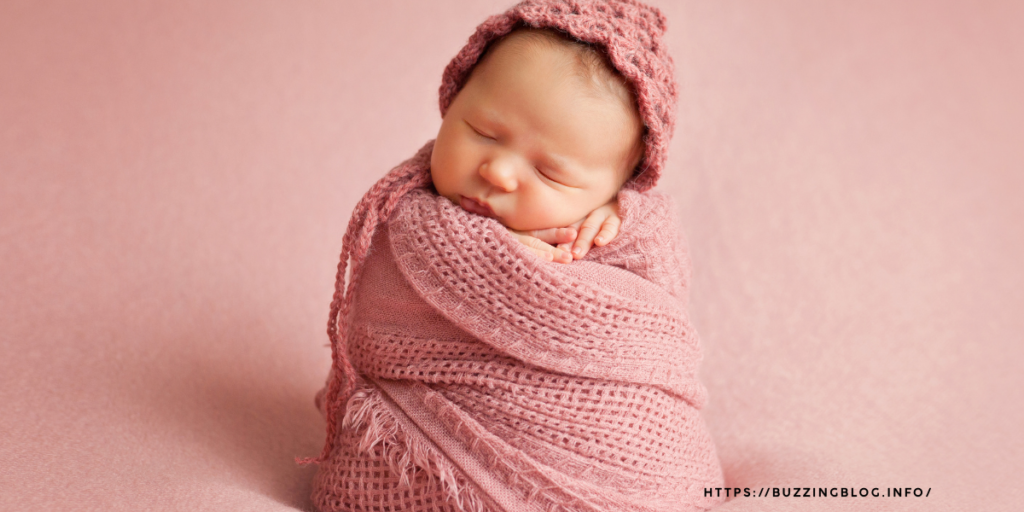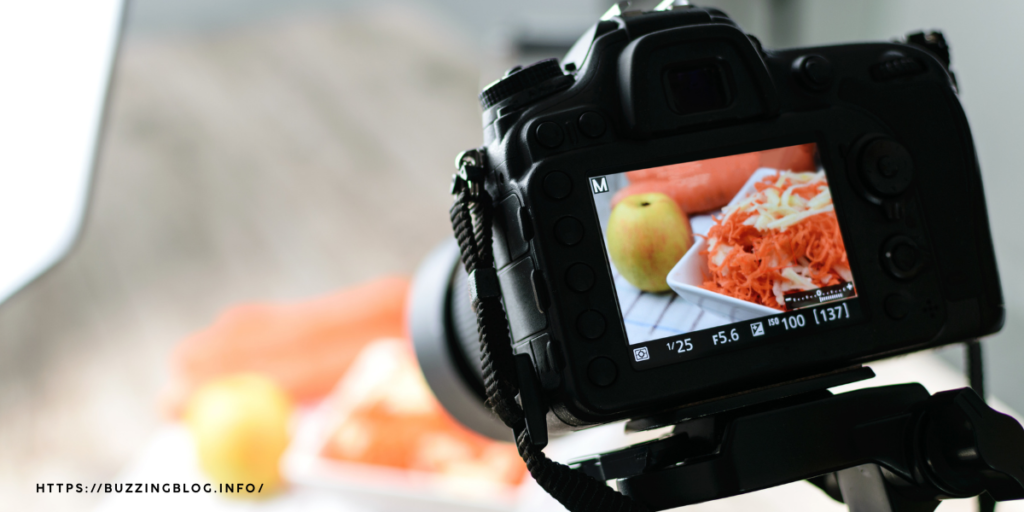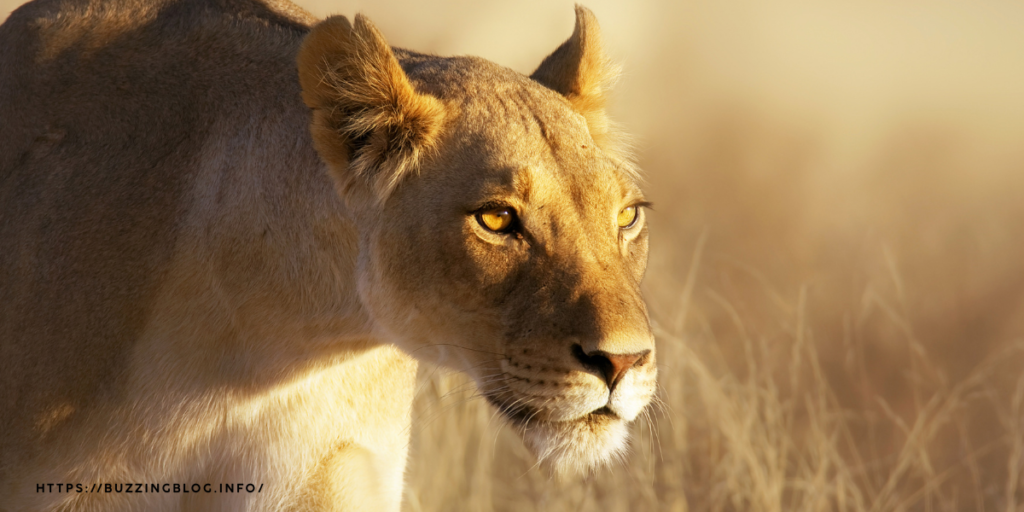From Newborns to Brands: The Power of Lifestyle Photography
Lifestyle Photography is about capturing people, products, and moments as they naturally are, celebrating life’s raw, un posed beauty. Unlike traditional portraits or staged product shots, this approach prioritizes real interactions, emotions, and environments, making each photo relatable and genuine. It captures the unique charm of families at home, babies in cozy spaces, or a product being used in a real-life context.
The appeal of capturing real moments extends beyond personal use. Businesses increasingly adopt this style for branding, aiming to create an image that resonates on a more human level. Lifestyle newborn photography, family lifestyle photography, and lifestyle product photography have become prominent sub-genres, each with a unique approach to portraying life as it is. This guide explores how authentic photography works, the techniques that bring it to life, and how it creates lasting impressions in both personal and commercial photography.
Defining Lifestyle Photography

Lifestyle photography, at its essence, aims to capture individuals, families, or products in their natural environments, engaged in authentic interactions. It is an art of storytelling through images that emphasize the raw and genuine over the polished and posed. Unlike portrait photography that emphasizes the subject, this style of photography brings equal focus to the environment, creating a story that incorporates both the individual and their surroundings.
Lifestyle Photography Definition
Lifestyle photography is a genre that records people in everyday environments, focusing on capturing the honesty of real-life events rather than creating a contrived scene. It includes different types of sessions, from newborns at home to brands wanting to connect with customers by showing products in real settings.
A Look into Its Unique Characteristics
- Natural Lighting: Lifestyle photographers rely heavily on natural light, which adds warmth and authenticity to photos. Unlike studio lighting, natural light creates subtle shadows and tones that mirror real-world settings.
- Unposed and Candid: In lifestyle photography, subjects do not hold formal poses. Instead, they engage naturally with their surroundings, allowing moments to develop organically.
- Environment as Part of the Story: The setting is a crucial element, often highlighting familiar locations that contribute to the photo’s narrative.
- Connection and Interaction: The goal is to capture genuine interactions, focusing on the emotions and relationships that define the subject’s life.
This form of photography is also highly versatile, suitable for personal memories and commercial contexts, making it a widely adaptable approach.
Key Types of Real-Life Photography
Lifestyle photography spans various niches, each tailored to capture a specific aspect of life. Each type of authentic photography has its own purpose and style but shares the same underlying principles of authenticity and relatability.
Lifestyle Newborn Photography

Lifestyle newborn photography captures a baby’s early days in a natural setting, often within the family’s home. Unlike traditional newborn photography, which centers on highly posed images, lifestyle newborn photography emphasizes the emotional bond between parents and child. The newborn’s environment is essential, with photos often including the nursery, family members holding the baby, or simple, quiet moments in everyday spaces.
In in-home lifestyle newborn photography, photographers avoid artificial poses or props and instead focus on capturing the warmth and intimacy of the family. Small details, such as a parent’s hand cradling the child or the baby sleeping peacefully in a familiar setting, make these photos deeply personal and meaningful.
Family Lifestyle Photography

Family lifestyle photography captures families in natural settings, emphasizing genuine connections and shared activities. It differs from traditional family portraits, where each family member might sit formally. Instead, this approach allows families to engage in their usual routines, resulting in photographs that reveal each person’s personality and role within the family.
Often, family lifestyle sessions take place at home or in a setting significant to the family, such as a local park. Photographers capture the family laughing, talking, or simply spending time together, creating images that feel as genuine as the moments they represent.
Lifestyle Product Photography

Lifestyle product photography shifts the focus toward products within everyday settings. This style shows potential customers how a product can fit into their lives, creating a sense of relatability and purpose. For example, rather than displaying a coffee mug against a white background, lifestyle product photography might feature it on a table in a cozy kitchen, surrounded by morning sunlight.
This approach helps businesses connect with customers by presenting their products as part of a desirable lifestyle. These images encourage viewers to envision themselves using the product, making it more relatable and appealing.
Lifestyle Brand Photography

Lifestyle brand photography creates a visual narrative for businesses, showcasing the brand’s identity, values, and character. Instead of solely focusing on products or services, it highlights the people and experiences that define the brand’s image. For example, a fitness brand might use authentic photography to show athletes using their products in various settings, like gyms or outdoor trails, rather than simply showcasing the equipment alone.
Lifestyle brand photography reinforces a brand’s connection with its audience by focusing on the experience that the brand enables. It emphasizes emotion, culture, and lifestyle, all of which help customers feel aligned with the brand.
Commercial Lifestyle Photography

Commercial lifestyle photography serves a promotional purpose, often used by businesses to highlight products in real-life settings. This type, while similar to brand photography, is product-centric but within a contextual environment. It creates a scenario where the product seems essential or valuable in day-to-day life, helping customers see it as more than just an item.
This approach is beneficial for businesses looking to advertise in a way that feels natural and unforced. It allows products to stand out through context, focusing on creating an aspirational lifestyle around the product rather than an overt sales pitch.
Lifestyle Portrait Photography

Lifestyle portrait photography focuses on capturing individuals in authentic, un staged moments, revealing their true character. Subjects may be engaged in activities that represent their personalities, such as cooking, reading, or working. This type of photography goes beyond the traditional headshot, showing the person’s personality and habits.
Lifestyle portraits often include subtle details that reflect the subject’s interests, surroundings, and character, making them uniquely intimate. This approach helps capture the essence of the individual rather than just their outward appearance.
Techniques for Capturing Real-Life Photography
A few core techniques are essential to achieving the natural feel that defines lifestyle photography. Lifestyle photographers emphasize storytelling, environment, and subtle cues to create images that feel real and lived-in.
- Rely on Natural Lighting
Natural light enhances the authenticity of this style of photography. Soft sunlight, gentle shadows, and natural tones create a warmth that artificial lighting often lacks. Morning or evening light, known as “golden hour,” is especially favorable, providing a soft glow that adds a sense of warmth and comfort. - Observe and Anticipate
Great lifestyle photographers approach each session as observers, allowing the subjects to act naturally. Instead of directing every action, they capture what unfolds. By anticipating small gestures, glances, or interactions, the photographer creates a visual story that feels spontaneous and honest. - Incorporate Contextual Details
The environment contributes to authentic photography’s narrative. Photographers include elements from the setting, such as household objects, personal items, or even the background scenery, to add depth. These contextual details offer viewers insight into the subject’s life and surroundings, enhancing the authenticity. - Encourage Movement and Engagement
Authentic photography thrives on movement. Encouraging subjects to walk, laugh, or engage with objects or people around them removes stiffness. This movement not only creates dynamic images but also adds a sense of life and vibrancy to each photo. - Focus on Emotional Expression
Capturing emotions like joy, affection, or introspection adds depth to authentic photography. These expressions connect the viewer with the subject, creating an emotional experience. Photographers often create a relaxed atmosphere that helps subjects feel comfortable enough to show genuine emotion.
Why Real-Life Photography Works in Both Personal and Commercial Use
This style creates a lasting impression because it feels honest. For individuals and families, it’s about preserving memories in a way that feels genuine and true. For brands, it creates relatability, inviting customers to envision how a product might fit naturally into their lives.
By showcasing products, people, or moments in their natural environment, real-life photography adds a layer of depth that other styles may lack. It tells a story without words, providing both personal and commercial viewers with images that feel meaningful and connected to their lives.
Conclusion
Lifestyle photography offers a unique way to capture life, reflecting authenticity and humanity. From newborn sessions at home to products in real-life settings, authentic photography captures moments that feel genuine. Its strength lies in its ability to preserve the emotional connection between people, brands, and viewers. By prioritizing real-life settings and natural interactions, authentic photography crafts stories that resonate on a personal level, making each image memorable.
FAQs
1. What is lifestyle photography, and how does it differ from other photography?
Authentic photography captures real, un posed moments in familiar environments. Unlike traditional portrait photography, it emphasizes storytelling and genuine interaction over structured poses.
2. What makes lifestyle newborn photography special?
Lifestyle newborn photography captures newborns within their home environment, focusing on the natural bond between family members. This approach allows for genuine moments, showing the baby’s early life without staged props.
3. Why do brands use lifestyle product photography?
Brands use lifestyle product photography to make products more relatable. By showing items in real-life contexts, brands help customers envision how the product fits into their own lives.
4. How can I prepare for a family lifestyle photography session?
Choose a meaningful setting and engage in natural activities with your family. Relax, and allow interactions to unfold, which lets the photographer capture authentic moments.
5. What is lifestyle portrait photography, and when is it useful?
Lifestyle portrait photography captures individuals in real-life situations, focusing on their personality rather than formal poses. It’s ideal for creating intimate, character-revealing portraits.












Post Comment